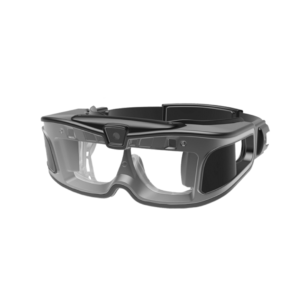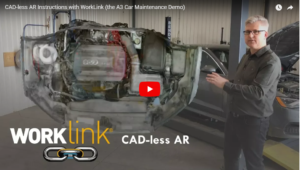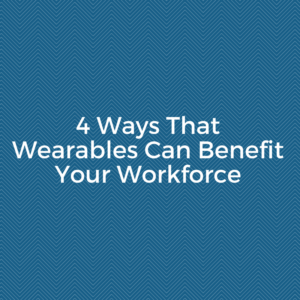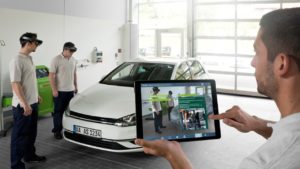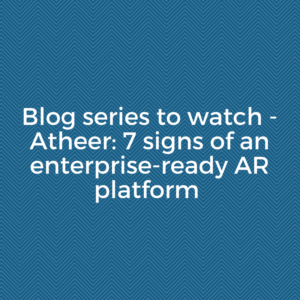RealWear’s Industrial AR Headsets Help Techs Work Faster—and Hands-Free
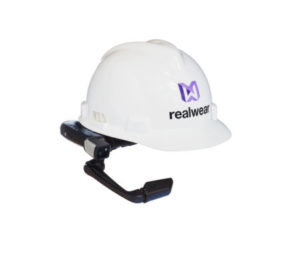
It’s tedious and time-consuming work for field technicians, who must photograph each pole, write down its location on a map along with other identifying information, and then manually enter those details in a database back at the office.
“I don’t know if you’ve ever been to Kansas, but it’s hot and humid,” Wassenberg says of the Kansas summer. “A lot of times you can’t even read your own handwriting.”
But Wassenberg, who heads augmented reality initiatives at energy consultant Burns & McDonnell in Kansas City, has a trick in his toolkit to make the process more efficient. During the recent utility pole distribution survey, Wassenberg wore an industrial AR headset made by RealWear, which helped him turn a cumbersome, analog process into a streamlined and hands-free experience.
Vancouver, Washington-based RealWear’s flagship product, the HMT-1, is essentially a helmet equipped with a voice-activated Android computer, a computer and a drop-down display. Using voice commands during the recent survey, Wassenberg instructed the headset to take a picture of each utility pole and update its name in the database. And with the AR overlay, Wassenberg could look into his field of vision and see a landscape of green markers where poles had already been inventoried — thus avoiding any unnecessary work.
RealWear is particularly useful for communications back to base while workers are in the field, Wassenberg says. He adds that by allowing a worker to livestream a job to other engineers, Burns & McDonnell can reduce the number of personnel it must send out to a work site. Senior engineers can also use the technology to guide junior team members through tasks, enabling remote on-the-job training, he says.
Even without the livestreaming capability, the HMT-1 lets workers pull up any relevant documents, like schematics or manuals, using voice commands. They can easily switch back and forth between information and tasks — all without using their hands.
Such capabilities are essential for in-the-field workers, who need the technology to just work. Andy Lowery, founder and CEO of RealWear, says his company’s headsets offers features that are important in industries like field service that competitors like Google Glass can’t match. Each headset has enough memory to store about 10 GB of information locally, with a storage expansion slot to add 256 GB. It can also recognize a voice command the first time, no matter how much noise is in the background. And when the HMT-1 starts to run out of juice, its battery can be swapped out easily in the middle of a job.
Read the full article here.


